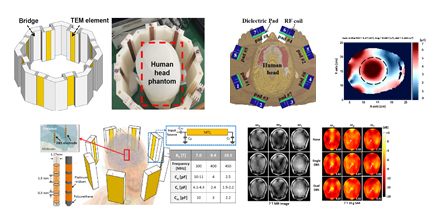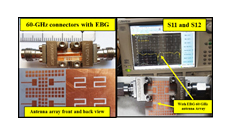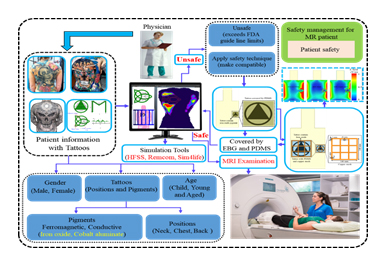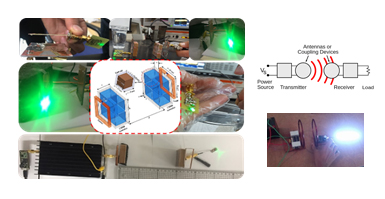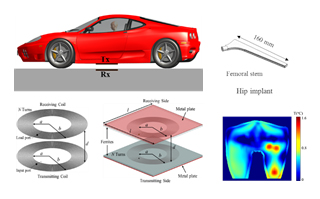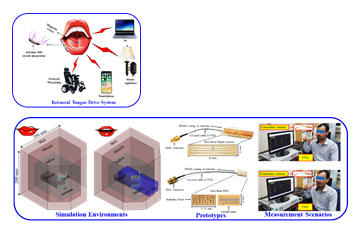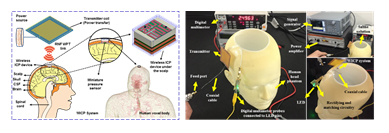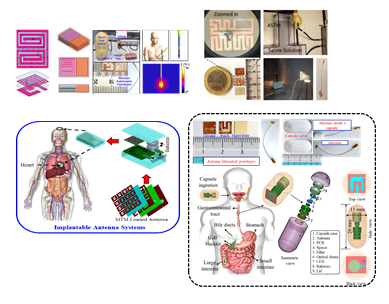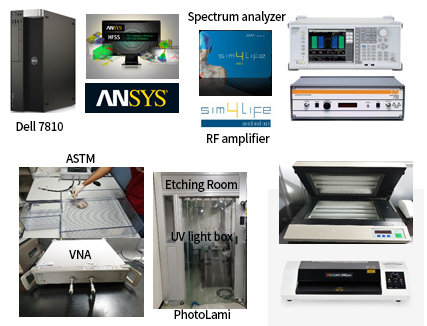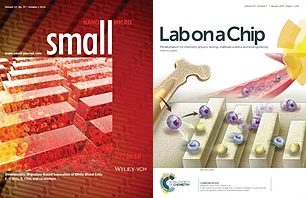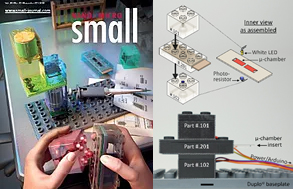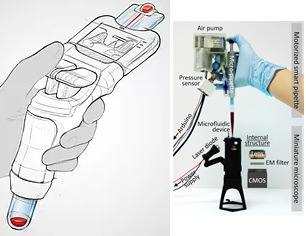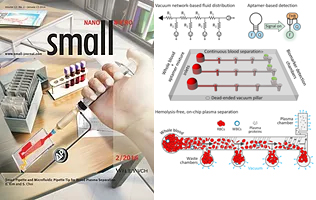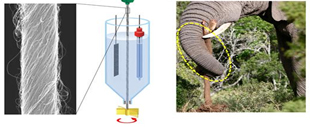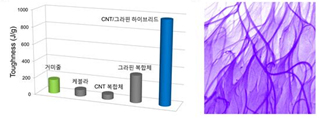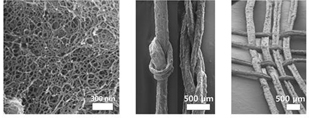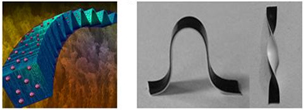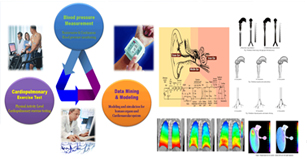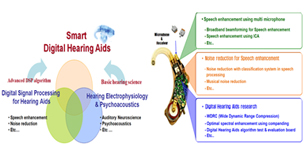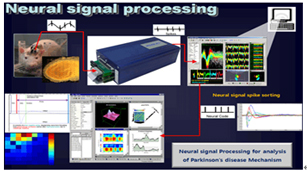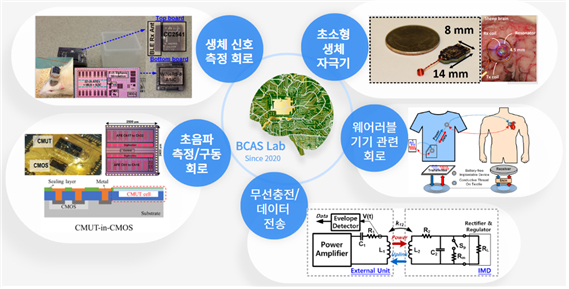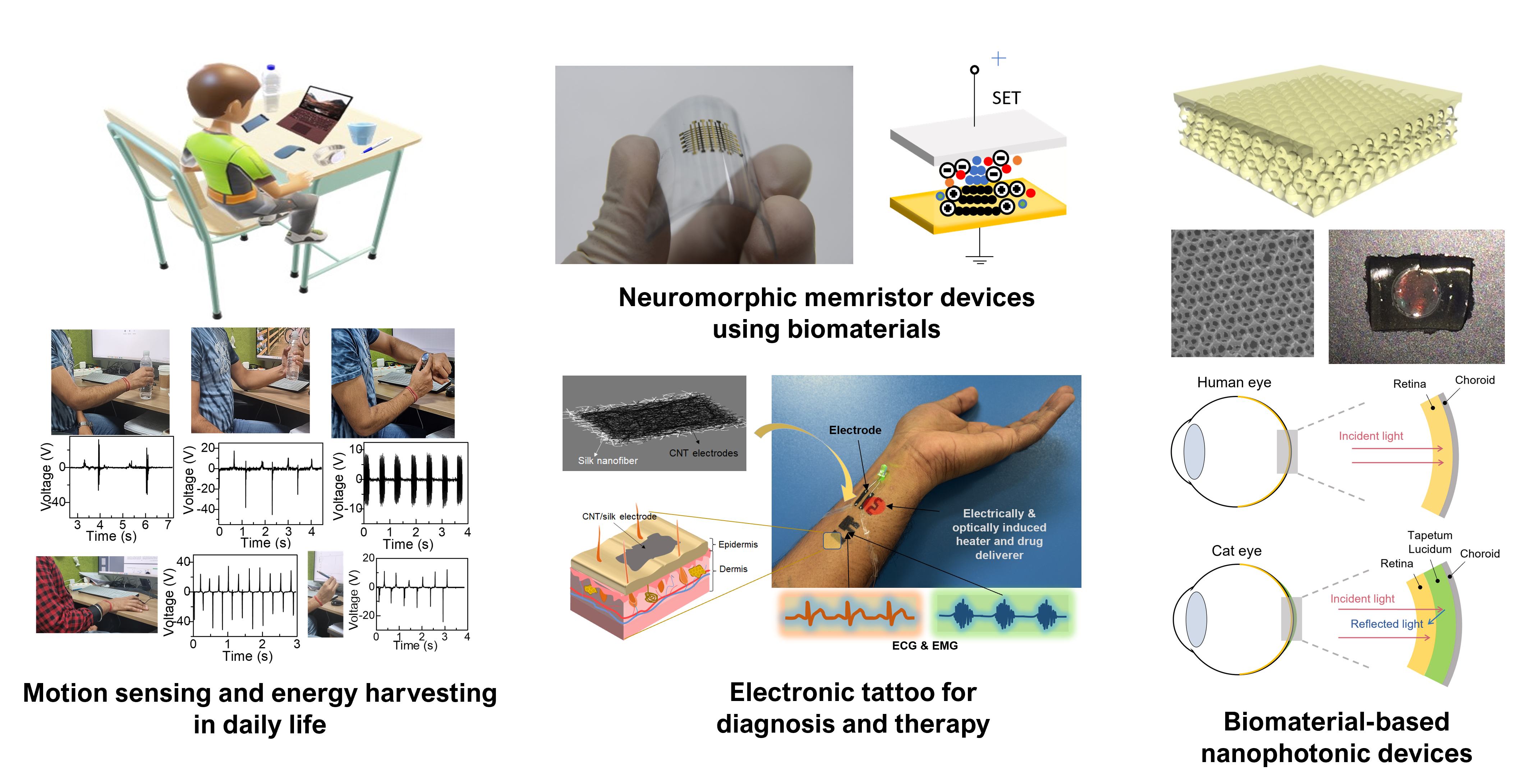Computational NeuroImage Analysis Lab. (CNA) has a goal of developing advanced neuroimage processing, analysis and interpretation, and the early detection of various neurodegenerative diseases based on the results. Main research areas cover the development of the advanced automated large scale 3-dimensional neuroimage processing and analysis algorithms, and single subject analysis system based on the large scale multimodal neuroimage database system. There are many active collaborators from the medical side including neurologists, psychiatrists and radiologists. From this kind of collaboration, we published more than 100 SCI papers and have tried to apply the developed algorithm to the real clinical cases. Also, we have collaborated with a couple of internally renowned lab such as MNI and NIH. We focused neuroimage analysis for the last 10 years and achieved two major grants NRL and NLRL. We also started to collaborate with Samsung Electronics in order to transfer our specialized knowledge to the medical products.
| Aare & Major contents |
Major results (representative scientific papers) |
Cortical parametric model development and applications
- Development of an accurate cortical parametric model
- Development of novel morphological parameters based on the model
- Applications on the detection of the structural changes in the neurodegenerative diseases from the collaborations with the clinicians
|
- Jun Ki Lee, Jong-Min Lee*, June Sic Kim, In Young Kim, Alan C. Evans, Sun I. Kim, A novel quantitative cross-validation of different cortical surface reconstruction algorithms using MRI phantom, Neuroimage, Vol. 31(2), p. 572-84, 2006 June
- Kiho Im, Jong-Min Lee*, Oliver Lyttelton, Sun Hyung Kim, Alan C. Evans, Sun I. Kim, Brain Size and Cortical Structure in Adult Human Brain, Cerebral Cortex, Vol. 18(9), p. 2181~2191, 2008 September
|
Deep brain structure shape analysis and applications
- Development of an advanced automatic segmentation of the deep brain structure
- Development of an accurate parameter model
- Development of an detection of the local changes based on the model
- Applications on the detection of the structural changes in the neurodegenerative diseases from the collaborations with the clinicians
|
- Sun Hyung Kim, Jong-Min Lee*, Hyun-Pil Kim, Dong Pyo Jang, Yong-Wook Shin, Tae Hyon Ha, Jae-Jin Kim, In Young Kim, Jun Soo Kwon, Sun I. Kim, Asymmetry Analysis of Deformable Hippocampal Model Using the Principal Component in Schizophrenia, Human Brain Mapping, Vol. 25(4), p. 361-369, 2005 August
- Do-Hyung Kang, Sun Hyung Kim, Chi-Won Kim, Jung-Seok Choi, Joon Hwan Jang, Myung Hun Jung, Jong-Min Lee, Sun I. Kim, Jun Soo Kwon, Thalamus surface shape deformity in obsessive-compulsive disorder and schizophrenia, NeuroReport, Vol. 19(6), p. 609-613, 2008 April
|
Diffusion Tensor Imaging analysis and applications
- Development of Diffusion Tensor Imaging analysis package (Samsung Electronics)
- Development of the accurate analysis of the white matter combined with the structural image
- Applications on the detection of the white matter changes in the neurodegenerative diseases from the collaborations with the clinicians
|
- Bang-Bon Koo, Ning Hua, Chi-Hoon Choi, Itamar Ronen, Jong-Min Lee, Dae-Shik Kim, A Framework to Analyze Partial Volume Effect on Gray Matter Mean Diffusivity Measurements, Neuroimage, Vol. 44(1), p. 136~144, 2009 January
- Jun-Sung Park, Uicheul Yoon, Ki-Chang Kwak, Sang Won Seo, Sun I. Kim, Duk L. Na and Jong-Min Lee*, The relationships microstructural properties of the midsagittal corpus callosum in human brain, NeuroImage, Vol. 56(1), p. 174-184, 2011 May
|
Functional MRI analysis and applications
- Development of the analysis tool of the brain connectivity
- Development of the automatic parcellation method based on the functional connectivity
- Development of software for multimodal dynamic neuroimaging
- Development of an accurate detection of the brain activities combined with the cortical parameter model
- Applications on the detection of the brain connectivity changes in the neurodegenerative diseases from the collaborations with the clinicians
|
- Hang Joon Jo, Jong-Min Lee*, Jae-Hun Kim, Chihoon Choi, Bon-Mi Gu, Do-Hyung Kang, Jeonghun Ku, Jun Soo Kwon, Sun I. Kim, Artificial shifting of fMRI activation localized by volume- and surface-based analyses, NeuroImage, Vol. 40(3), p. 1077-1089, 2008 April
- Jae-Hun Kim, Jong-Min Lee*, Hang Joon Jo, Sook Hui Kim, Jung Hee Lee, Sung Tae Kim, San Won Seo, Robert W. Cox, Duk L. Na, Sun I. Kim, Ziad S. Saad, Defining functional SMA and pre-SMA subregions in human MFC using resting state fMRI: functional connectivity-based parcellation method, NeuroImage, Vol. 49(3), p. 2375-2386, 2010 February
|
Early detection of the neurodegenerative disease based on the neuroimage
- Automatic classification of Normal control /MCI / Alzheimer Diseases
- Single subject analysis based on the large scale database system
|
- High classification performance between AD and the normal control (>95%)
- In preparation of the acquiring the neuroimage data from more than 20 hospitals
|
